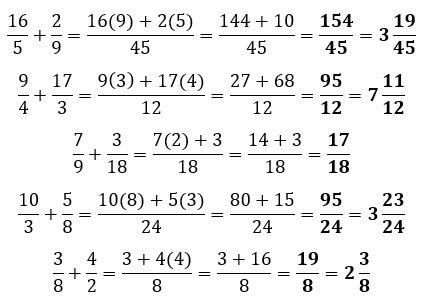Example of Inductive And Deductive Reasoning Methods
Logic / / July 04, 2021
The syllogism is the basic form of reasoning. It is made up of premises (at least two) and a conclusion. The premises are the sentences that are compared. The types of premises can be particular or universal. The Universal premise is the one that applies to all cases and the particular premise is the one that refers to an individual or a case. The conclusion is the result of the comparison of both premises.
Inductive reasoning It is the one by which we take two or more particular premises, to obtain a general premise as a conclusion. It is the type of reasoning we use when making scientific tests or mathematical proofs. Sometimes the syllogism may be correct, but the conclusion wrong.
Examples of inductive reasoning:
1.
Premise: My car is made of iron.
Premise: Alberto's car is made of iron.
Premise: Gloria's car is made of iron.
Conclusion: all cars are made of iron.
2.
Premise: The study of patients with low levels of glucose in the blood, have deficiency of the functions of the pancreas.
Premise: Healthy people have normal blood sugar levels.
Conclusion: People with impaired functions of the pancreas are sick and have a deficiency of glucose in the blood.
3.
We have carried out fourteen experiments in which we have divided the patients into two groups of patients, seven treated with the drug and seven with a placebo. Among the seven patients treated with placebo, only one decreased gastric pain and headache, with fever continuing; while the other six continued with the symptoms. Of the patients treated with the drug, all seven had improvement in gastric symptoms, headache, and fever. Of these patients, three had side effects consisting of finger numbness and morning sickness; symptoms that disappeared three days after finishing the drug. So we can conclude that the administration of this drug is effective and safe for patients.
4.
We have dropped from the roof of the school an extended sheet, another rolled sheet of paper, a tennis ball and a 3 kilogram pumpkin. Meanwhile another observer on the floor measured the arrival time of the three objects. The result of the observation is that the extended blade affected the air resistance, while the other three objects reached the ground at the same time, regardless of their weight. Therefore, gravity affects all objects equally, regardless of their weight.
5.
If we have a formula like (5 + 3) (2 + 2), and another like (5 + 2) (3 + 3) and the ones to solve it, we take as true that the sum of a number with itself is equal to multiplying a number by 2, then we would have that the expression (2 + 2) is equal to 2(2); on the other hand, the expression (3 + 3) is equal to 2 (3) If we solve each operation by its components, we will have: (5) (2 (2)) + (3 (2 (2)); and on the other hand (5) (2 (3)) + (2) (2 (3)); If we change the numerical values for letters, we will have the equation: (a + b) (2n) and its solution will be 2an + 2bn; therefore, when changing the literals of this equation by any number, the solution will be of the form 2an + 2bn.
Deductive reasoning the one that compares universal premises with each other, or two universal premises to draw a particular conclusion.
Examples of deductive reasoning:
1.
The force of gravity is a constant, which causes objects to fall at a speed of 9.8 meters per second every second, so So, if you are going to drop my computer from the roof, since we are 5 meters high, and the computer has a mass of 5 kilograms; as by that time it will reach an acceleration of 4.9 meters per second, then the impact will be approximately 24.5 kilograms, which means that they will cause dents in the cabinet and damage to its components, and if it falls from its right side, the destruction of the board principal. So please don't launch my computer.
2.
All human beings are afraid of causing the death of another person. People with religious beliefs have this prohibition as a norm of conduct. Furthermore, this fear is shared by people without religion. Finally, this rejection of hurting another exists in all kinds of cultures, anywhere in the world. Therefore, this is a value that is independent of religion, and of the cultural context, and being shared by all human beings, it is a Universal value.
3.
The muscles of the arms are made of striated fibers that respond to voluntary impulses from the parietal cortex on the opposite side. When there are lesions in the parietal region, control of some voluntary muscles, among others, of the arm, is lost. After the accident where the patient received a blow to the head, she lost control of the movement of her arms, so it is very likely that he has an injury to the parietal cortex.
4.
Premise: (universal) The force of gravity pulls all objects toward the center of the earth with constant force and speed.
Premise: (particular) When you drop a 3 kilogram round object, from a height of 10 meters, and it takes one second to reach the ground.
Premise: (Particular) When dropping a round object of .2 kilograms (200 grams), from a height of 10 meters and it takes one second to reach the ground.
Conclusion: Regardless of weight, all objects are attracted with the same force and take the same time to reach the ground.
5.
Premise: All human beings are mortal.
Premise: Is Lady Gaga a human being?
Conclusion: Lady Gaga is deadly.

